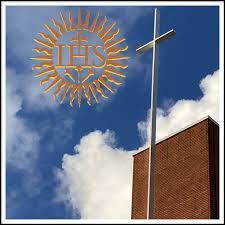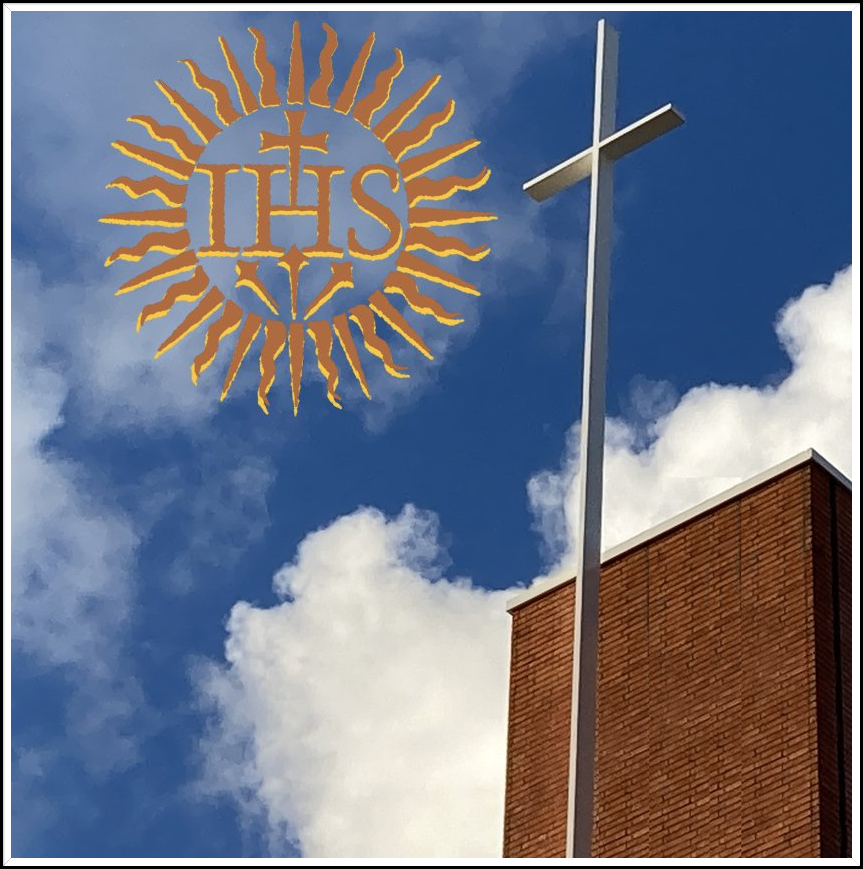“Mother of Exiles,” becomes an American Pietà
July 6, 2025
Once known as “The New Colossus,” the Statue of Liberty that graces New York Harbor was dedicated in 1886. Years later, the following poem by Emma Lazarus was affixed to her base. Poet and professor, Austin Allen, describes the poem: “It is pluralistic in its roots. It is an Italian sonnet composed by a Jewish-American woman, contrasting an ancient Greek statue with a statue built in modern France. At the time of its writing in 1883, European immigrants—including Italians, Greeks, and Russian-Jewish refugees—were arriving en masse in America, stirring fierce debate and frequent hostility among “natives” (as U.S.-born descendants of earlier European immigrants called themselves). Within this tense climate, Emma Lazarus, a writer and activist from an affluent New York family, had begun volunteering to assist struggling exiles from Czarist Russia.”
It’s worth hearing Lazarus’ challenging words again, and given our present national temper, reconsidering and reimagining this emblem as a kind of American Pietà.
Not like the brazen giant of Greek fame,
With conquering limbs astride from land to land;
Here at our sea-washed, sunset gates shall stand
A mighty woman with a torch, whose flame
Is the imprisoned lightning, and her name
Mother of Exiles. From her beacon-hand
Glows world-wide welcome; her mild eyes command
The air-bridged harbor that twin cities frame.
“Keep, ancient lands, your storied pomp!” cries she
With silent lips. “Give me your tired, your poor,
Your huddled masses yearning to breathe free,
The wretched refuse of your teeming shore.
Send these, the homeless, tempest-tost to me,
I lift my lamp beside the golden door!”

